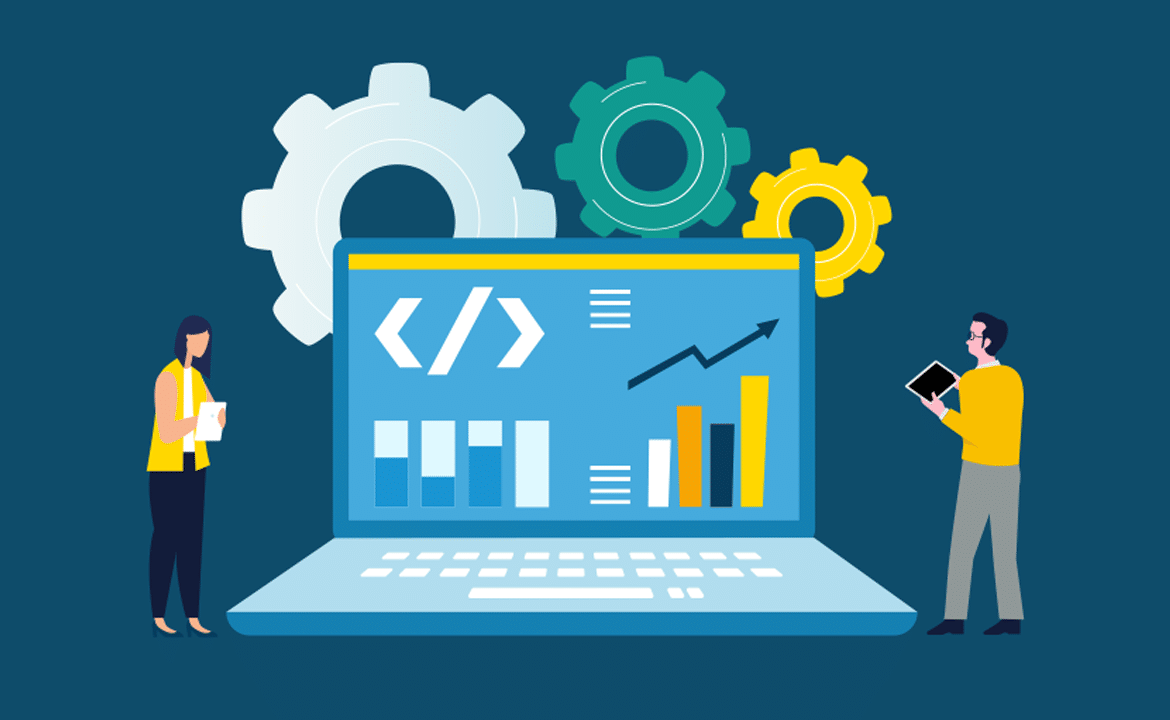In 7 onboarding tips to accelerate productivity, we described how organisations can reduce onboarding time by providing self-service tooling, process, and documentation to reduce bottlenecks that happen when people are onboarding. However, organisations can also increase their delivery throughput by focusing on the onboarding experience.
In a recent engagement, a Digital Platform team scaled from supporting one delivery team to six in just 6 months by providing quality self-service tooling and processes. Below we summarise how the team prioritised work during a pandemic, removed themselves as a bottleneck, and provided high-value educational workshops to minimise the onboarding time for new starters.
Prioritising the onboarding experience
To support the scaling during a pandemic, the digital platform team struck a balance between three areas: producing self-service tooling to implement continuous delivery processes; documenting how the tooling could be used to solve common problems; and educating users on how best to use them.
When the platform team started they had a short timescale to deliver and users weren’t available to join an inception exercise. Instead, the team prioritised creating an FAQ to capture the bulk of the how-to’s required for engineers to achieve common daily tasks. The FAQ meant they could provide a 20 minute read to new starters that showed them how to set up their local machine, how to use templates to create a new digital service, and how to set up test frameworks that aligned with the test strategy.
Removing bottlenecks for onboarding
With the FAQ in their back pockets, they could set about automating the tooling so that it could be self-service. This removed them as a bottleneck when it came to onboarding engineers. Combining terraform modules, terragrunt, and GitHub repo access controls allowed engineers to raise requests with standardised levels of access to all tooling, whilst peers could approve the requests. For high-risk tooling, the requests had to be approved by the platform team. Access requests were centrally recorded for audit purposes and verified ad-hoc to check nothing was amiss.
Providing education and advice
By removing the platform team as a constraint when onboarding an engineer, time was freed up to provide contextual advice to engineers and teams on how best to use the tooling. Examples included pairing with engineers who had little terraform experience to get them up and running quicker, advising on technical designs to achieve the lowest total cost of ownership of new services, and running weekly 101 sessions on how to use the tooling.
Final Thoughts
To optimise the onboarding experience the team worked on removing bottlenecks, writing documentation to reduce the learning curve, and providing education on tooling and processes.
Minimising the onboarding time required for new starters in this way enabled the organisation to increase delivery throughput even during a pandemic, growing from one delivery team to six in 6 months.
What could your organisation achieve by streamlining your onboarding processes like this? Share this article with colleagues, and read more of our onboarding tips, or how to start and scale your organisation’s digital platform.




